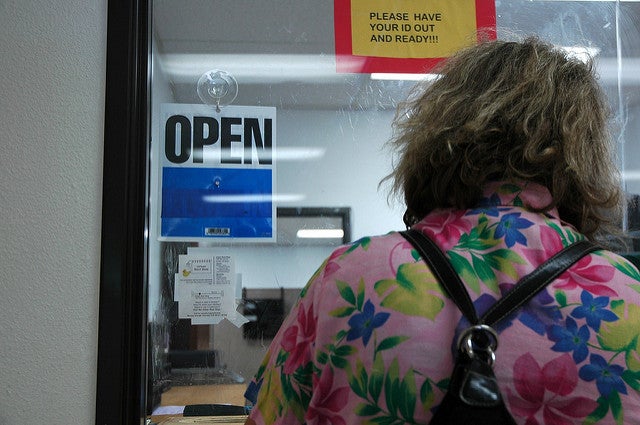
By Sharisse Tracey
On July 31, President Trump boasted about the state of the economy, specifically the stock market, and how it is at its highest point in a number of years. What Trump failed to mention in his latest commercial for Making America Great Again is how all of this suggested growth was made possible without acknowledging the progress carved out in the previous administration.
He did not tweet that our country could be crippled if programs like Medicaid are cut along with the proposed $191 million deficit to the government’s SNAP Program—otherwise known as the food stamp program. A multi-tiered action that would undoubtedly devastate the more than one in five Americans that rely on the government’s healthcare plan, leaving them with less or no medical coverage, more jobs to compete for, not enough money to feed their families and reduce their chances of completing or furthering their education. Medicaid and similar programs service our elderly, disabled, lower income individuals and their families, and our veterans—all people that are most in need and who are least likely to bounce back from such a blow.
Trump has stated that any able-bodied person receiving SNAP benefits should be working, an uninformed belief he and the GOP share that confirms his lack of knowledge and empathy for those receiving these benefits. Homes that receive SNAP benefits have at least one parent working, and they must continue being employed to keep their benefits. Most individuals participating in this anti-hunger program are doing just that, actively participating, not sitting back horading benefits.
People who receive SNAP are hard-working. The average SNAP participant works a low-income job that is sporadic and unpredictable in scheduling with no potential for healthcare considerations. These families usually have one or more children increasing the need for nutritional food in addition to costly childcare. Unlike children from middle class to upper-class homes whose parents are better able to afford quality care for their children. Low-income individuals spend almost one-third of their earnings on childcare so that they can work with another 30 percent going toward housing. Without the aid of what is equivalent to approximately $1 per person, per meal, these children and families would not be able to afford food.
Childcare, education and food are the highest cost considerations next to housing for families. Food costs are approximately 18 percent of the total cost to raise a child, and that’s for couple with a dual income. To educate and care for dependent children makes up another 16 percent.
The GOP would have you believe that SNAP participants are freeloaders and the worst of our society. What they fail to realize is that no one dreams of growing up to need food stamps to feed their family. But it happens sometimes and when it does what isn’t needed is condemnation and judgment.
Many of us have been there, standing in line with someone paying by EBT—the government debit card used to pay for approved food items, only to notice that there’s a problem with how the card is being accepted or more often the way cashiers handle these types of transactions lacking empathy and patience. But why this stigma? Where did it come from? What’s the difference between the mom who is discreetly told that her credit card didn’t go through and asked if she has another? There is no difference in these two situations, both individuals are trying to feed their families. Why do we make people struggling to get by feel that they are standing out when they are simply trying to remain standing?
Here’s what the program actually does:
Increases food purchasing power for healthier choices – families can supplement their food purchases with SNAP, increasing access to healthy food choices at more than 240,000 retailers across the country… including farmers’ markets where SNAP participants can select from a variety of fresh and nutritious foods while increasing the customer base for local farmers.
Provides nutrition education – individuals and families can receive nutrition education to improve the likelihood that they will make healthy food choices within a limited budget based on the MyPlate and the Dietary Guidelines for Americans. Information about nutrition can be found at http://snap.nal.usda.gov/resource-library/click-n-go-education-materials.
Offers employment and training services – SNAP households are eligible for employment and training services, including assistance with seeking and retaining employment or attending secondary education courses to start a new vocation/career.
With childcare costing an average of 30 percent of your salary, there’s no wonder why some single parent families rely on SNAP benefits and government subsidies. SNAP is an essential program and should not be cut.
SNAP is an investment in our future. It offers nutrition benefits to participating clients, supports work, and provides economic benefits to communities. So since the GOP likes to boast about all the economic growth our country has seen over the past few months perhaps they need to also consider how some of that growth was sustained.
Sharisse Tracey is a writing fellow for the Center for Community Change.
